Home>Gardening & Outdoor>Landscaping Ideas>How To Plant Grass Seed In Patchy Areas
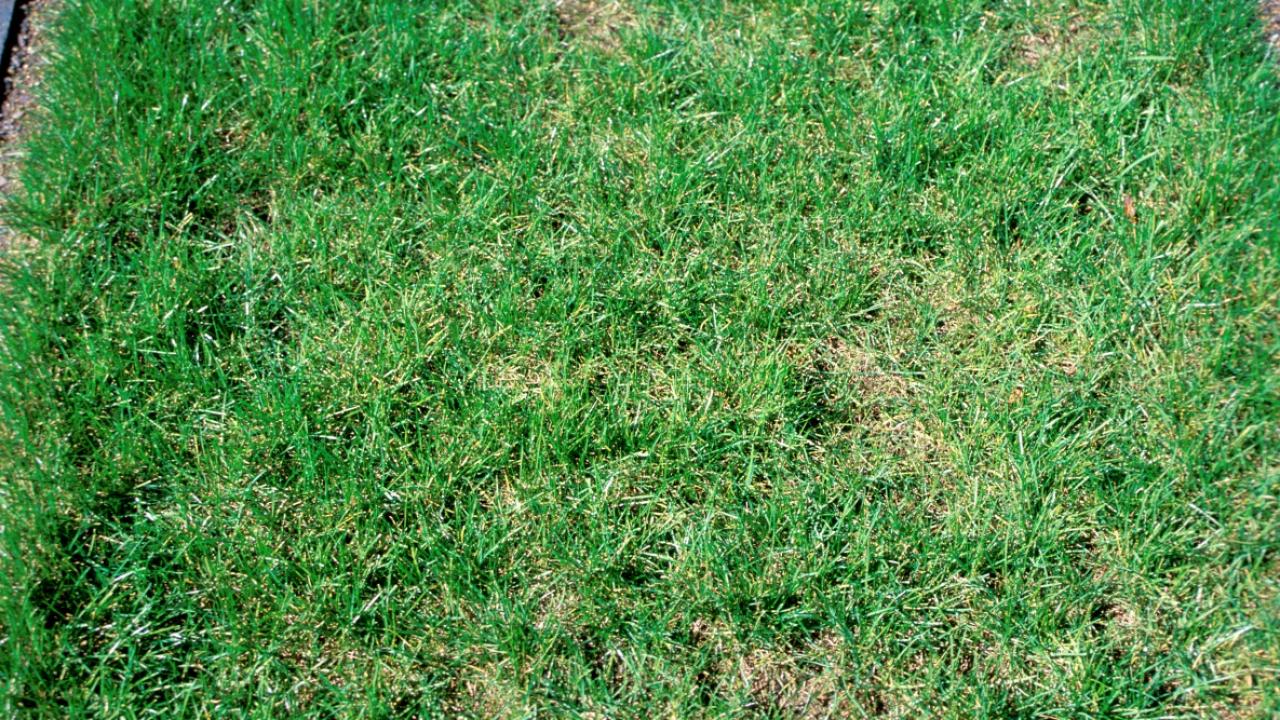

Landscaping Ideas
How To Plant Grass Seed In Patchy Areas
Modified: October 18, 2024
Learn effective landscaping ideas for planting grass seed in patchy areas. Discover step-by-step instructions for achieving a lush, green lawn.
(Many of the links in this article redirect to a specific reviewed product. Your purchase of these products through affiliate links helps to generate commission for Storables.com, at no extra cost. Learn more)
Introduction
Are you tired of looking at those unsightly patchy areas in your lawn? Don't worry; you're not alone. Many homeowners struggle with patchy grass, which can detract from the overall beauty of their outdoor space. The good news is that with a little know-how and some elbow grease, you can transform those patchy eyesores into lush, green expanses that will make your neighbors green with envy.
In this comprehensive guide, we'll walk you through the process of planting grass seed in patchy areas, from assessing the problem spots to choosing the right seed and preparing the soil for optimal growth. By the time you're done reading, you'll be equipped with the knowledge and confidence to tackle those patchy areas head-on and cultivate a lawn that's the envy of the neighborhood.
So, roll up your sleeves and get ready to dive into the world of lawn rejuvenation. With a bit of time and effort, you'll soon be enjoying a vibrant, healthy lawn that will be the pride and joy of your property. Let's get started!
Key Takeaways:
- Assess the underlying causes of patchy grass, choose the right seed, prepare the soil, and provide proper care to transform unsightly patches into a lush, vibrant lawn.
- By following the comprehensive guide, you’ll not only rejuvenate your lawn but also gain valuable knowledge and skills to maintain its beauty for years to come.
Read more: How To Seed Patchy Lawn
Assessing the Patchy Areas
Before diving into the process of planting grass seed in patchy areas, it’s crucial to assess the underlying causes of the problem spots. Patchy areas can result from various factors, such as poor soil quality, inadequate sunlight, compacted soil, or even pet damage. By identifying the root cause, you can tailor your approach to effectively address the issues and set the stage for successful grass seed germination.
Start by closely examining the patchy areas in your lawn. Note the size, shape, and location of each patch, as well as any observable patterns. Consider factors such as the amount of sunlight the area receives throughout the day, as well as the quality and composition of the soil. Additionally, assess the level of foot traffic or pet activity in the affected areas, as this can impact the success of new grass growth.
Soil compaction is another common culprit behind patchy grass. To check for soil compaction, gently press a screwdriver or garden trowel into the soil. If it meets resistance or is difficult to penetrate, the soil may be compacted, hindering the growth of grass roots.
Furthermore, be on the lookout for signs of pests or diseases that may be contributing to the patchy areas. Grubs, for example, can wreak havoc on a lawn, causing irregular patches of wilting or dead grass. Identifying any pest or disease issues will be crucial for implementing targeted solutions to restore the health of the affected areas.
By thoroughly assessing the patchy areas and understanding the underlying factors at play, you’ll be better equipped to make informed decisions regarding the selection of grass seed and the necessary soil preparations. Armed with this knowledge, you can proceed with confidence, knowing that you’re taking the most effective approach to rejuvenating your lawn.
Choosing the Right Grass Seed
When it comes to revitalizing patchy areas in your lawn, selecting the right grass seed is a critical first step. The ideal grass seed for your specific needs will depend on factors such as climate, soil type, sunlight exposure, and intended use of the area. By choosing a grass seed that aligns with these considerations, you can maximize the chances of successful germination and establish a resilient, vibrant lawn.
Start by determining the climate zone in which your lawn is located. Different grass species thrive in specific climate zones, so it’s essential to choose a seed variety that is well-suited to your local climate. For example, cool-season grasses like Kentucky bluegrass and fescue are excellent choices for regions with cold winters and hot summers, while warm-season grasses such as Bermuda grass and Zoysia grass are better suited to areas with mild winters and hot, humid summers.
Next, consider the soil type in the patchy areas. Some grass species are more adaptable to sandy soils, while others excel in clay-based soils. Understanding your soil composition will guide you in selecting a grass seed variety that can thrive in the specific soil conditions present in the problem areas of your lawn.
Assess the amount of sunlight that the patchy areas receive throughout the day. If the areas are shaded by trees or structures, opt for shade-tolerant grass seed varieties that can flourish in low-light conditions. Conversely, for areas with ample sunlight, select grass seed varieties that are well-suited to full sun exposure.
Furthermore, consider the intended use of the revitalized areas. If the patchy areas will endure heavy foot traffic from children or pets, prioritize grass seed varieties known for their durability and resilience. For more ornamental areas that are primarily for visual appeal, focus on grass seed varieties that offer lush, fine-textured blades and a uniform, aesthetically pleasing appearance.
By carefully considering climate, soil type, sunlight exposure, and usage factors, you can confidently select the right grass seed varieties to address the patchy areas in your lawn. This strategic approach sets the stage for successful germination and the establishment of healthy, vibrant grass that will breathe new life into your outdoor space.
Preparing the Soil
Before sowing grass seed in patchy areas, it’s essential to prepare the soil to create an optimal environment for germination and growth. Proper soil preparation sets the stage for healthy root development and ensures that the new grass seedlings have the best possible start. By following these soil preparation steps, you can maximize the chances of successful grass establishment and long-term vitality.
Begin by clearing the patchy areas of any debris, such as rocks, branches, or dead vegetation. Raking the soil surface will help to remove these impediments and create a smooth, level base for the grass seed. Additionally, take this opportunity to address any underlying issues, such as soil compaction or poor drainage, which can hinder the growth of new grass.
Once the surface is clear, consider aerating the soil to alleviate compaction and promote better air and water penetration. Aeration can be achieved using a garden fork or a specialized aerating tool, which creates small channels in the soil, allowing for improved root development and nutrient uptake. This step is particularly crucial if the patchy areas exhibit signs of compacted soil, as it will enhance the overall health of the turf.
Next, enrich the soil with organic matter to provide essential nutrients and improve its structure. Incorporating compost or well-rotted manure into the soil will bolster its fertility and enhance its ability to retain moisture, creating an optimal environment for grass seed germination and establishment. Spread a layer of organic matter over the prepared soil surface and gently incorporate it using a rake or garden fork.
After amending the soil with organic matter, it’s advisable to perform a soil test to assess its pH and nutrient levels. A soil test will reveal any deficiencies or imbalances, allowing you to adjust the soil’s composition accordingly. Based on the test results, you can apply lime to raise the pH or specific fertilizers to address nutrient deficiencies, ensuring that the soil provides an ideal foundation for healthy grass growth.
By diligently preparing the soil in the patchy areas, you’ll create an environment that is conducive to successful grass seed germination and robust growth. These preparatory measures lay the groundwork for a thriving lawn, setting the stage for the next crucial step: planting the grass seed.
Water the patchy areas thoroughly before planting grass seed to ensure the soil is moist. Rake the soil to loosen it, then spread the grass seed evenly. Lightly cover the seed with a thin layer of soil and keep the area consistently moist until the grass is established.
Planting the Grass Seed
With the patchy areas assessed and the soil prepared, it’s time to embark on the exciting process of planting grass seed to rejuvenate your lawn. By following best practices for seeding, you can maximize the likelihood of successful germination and establish a lush, healthy lawn that enhances the beauty of your outdoor space.
Before sowing the grass seed, carefully select an appropriate spreader for the job. Broadcast spreaders are ideal for larger areas, providing even coverage and efficient distribution of the seed. For smaller or irregularly shaped patches, a handheld spreader or even manual seeding by hand may be more suitable. Ensuring uniform seed distribution is essential for achieving consistent growth and avoiding patchy results.
When it comes to seeding, the timing is crucial. For cool-season grasses, early fall is an optimal time for planting, as the soil is still warm, and there’s typically more moisture available. This creates favorable conditions for seed germination and establishment before the onset of winter. If spring planting is preferred, aim for early to mid-spring to allow the grass seedlings ample time to develop before the heat of summer.
Prior to seeding, carefully read the instructions on the grass seed packaging to determine the recommended seeding rate for the specific variety. Using the appropriate amount of seed will ensure adequate coverage without overcrowding, promoting healthy growth and minimizing competition among seedlings.
After determining the seeding rate, evenly distribute the grass seed over the prepared soil surface using the selected spreader. To achieve uniform coverage, make parallel passes across the area, then adjust the spreader settings as needed to cover the perpendicular direction. This cross-hatching method helps to avoid missed spots and ensures thorough seed distribution.
Once the seed is spread, lightly rake the soil surface to cover the seeds with a thin layer of soil. This step promotes seed-to-soil contact, which is essential for successful germination. Avoid burying the seeds too deeply, as they require adequate access to light and moisture for sprouting.
Following seeding, gently press the soil surface using a lawn roller or by walking over the area. This firming action helps to ensure good seed-to-soil contact and enhances the likelihood of successful germination. Additionally, consider covering the seeded areas with a thin layer of straw or mulch to retain moisture and protect the seeds from birds or other disturbances.
With the grass seed sown and the soil surface prepared, it’s time to provide the newly planted areas with the care and attention they need to thrive. By following these steps and best practices for planting grass seed, you’ll be well on your way to cultivating a vibrant, lush lawn that enhances the beauty of your outdoor environment.
Read more: How To Treat Patchy Grass
Caring for the New Grass
After diligently planting the grass seed in the patchy areas of your lawn, it’s essential to provide the newly seeded areas with the care and attention they need to foster healthy growth and development. By following proper maintenance practices and providing the right conditions, you can nurture the new grass seedlings into a thriving, lush lawn that enhances the beauty of your outdoor space.
One of the most critical aspects of caring for new grass seed is ensuring consistent moisture. Keep the seeded areas consistently moist but not waterlogged, as this will support germination and early growth. Light, frequent watering is advisable, as it helps to prevent the soil surface from drying out and promotes optimal conditions for seedling establishment. Consider using a fine mist setting on your hose or a specialized sprinkler to avoid dislodging the seeds or creating waterlogged patches.
While maintaining moisture is crucial, it’s equally important to avoid overwatering, as excessive moisture can lead to fungal diseases and hinder the development of healthy roots. Monitor the soil moisture regularly and adjust your watering schedule as needed to maintain a balance that supports healthy growth without creating waterlogged conditions.
As the new grass seedlings begin to emerge, it’s essential to protect them from potential threats. Keep an eye out for birds, which may be attracted to the freshly seeded areas. Using bird netting or employing scare tactics, such as reflective materials or noise deterrents, can help to deter birds and safeguard the emerging seedlings from being consumed or disturbed.
Furthermore, be mindful of foot traffic on the newly seeded areas, as excessive activity can damage delicate seedlings and impede their growth. Consider cordoning off the seeded patches or creating clear pathways to minimize disturbances and protect the emerging grass from unnecessary stress.
Once the grass seedlings have established and reached a mowable height, it’s essential to adhere to proper mowing practices. Gradually introduce mowing to the newly established areas, ensuring that the mower blades are sharp and set to a height that avoids removing more than one-third of the grass blade length in a single mowing session. This gentle approach to mowing supports healthy root development and encourages the thickening of the turf.
Finally, consider implementing a fertilization regimen tailored to the specific needs of the newly established grass. A slow-release, balanced fertilizer applied according to the manufacturer’s recommendations can provide the essential nutrients needed for robust growth and vibrant color. However, exercise caution to avoid over-fertilization, as this can lead to excessive top growth at the expense of root development.
By providing consistent moisture, protecting the emerging seedlings, minimizing disturbances, and adhering to proper mowing and fertilization practices, you can ensure that the newly established grass thrives and flourishes. With the right care and attention, the patchy areas of your lawn will soon transform into a lush, vibrant carpet of healthy grass, enhancing the overall beauty of your outdoor environment.
Conclusion
Congratulations! You’ve embarked on a journey to revitalize your lawn by planting grass seed in those stubborn patchy areas, and the results are sure to be rewarding. By assessing the underlying causes of the patchiness, choosing the right grass seed, preparing the soil, planting the seed, and providing attentive care, you’ve taken proactive steps to transform those unsightly patches into thriving, green expanses that enhance the beauty of your outdoor space.
As you witness the emergence of new grass seedlings and the gradual transformation of the once-patchy areas, take pride in the effort and care you’ve invested in nurturing a healthy, vibrant lawn. Your diligence in selecting the right grass seed varieties, preparing the soil to create an optimal growing environment, and providing the necessary care and attention has set the stage for success.
Remember that patience is key as you await the full establishment of the new grass. With consistent moisture, protection from potential threats, and adherence to proper maintenance practices, the newly established grass will gradually develop into a lush, resilient lawn that you can take pride in.
As your revitalized lawn flourishes, take the time to enjoy the beauty of your outdoor space and the satisfaction of knowing that your efforts have contributed to its transformation. Whether you’re hosting gatherings, playing with your children and pets, or simply relaxing in the serenity of your backyard, the lush, healthy lawn will serve as a testament to your dedication and care.
By following the comprehensive guide to planting grass seed in patchy areas, you’ve not only rejuvenated your lawn but also gained valuable knowledge and skills that will serve you well in maintaining its beauty for years to come. With the right approach and ongoing care, your lawn will continue to thrive, providing a welcoming, vibrant backdrop for cherished moments and creating a source of pride for you and your family.
So, as you admire the transformation taking place in your outdoor space, take a moment to appreciate the journey you’ve undertaken and the positive impact it has had on your home environment. Your commitment to nurturing a healthy, vibrant lawn has not only enhanced the aesthetics of your property but has also contributed to creating a more inviting and enjoyable outdoor living space for all to enjoy.
Now, sit back, relax, and revel in the beauty of your revitalized lawn – a testament to your dedication, care, and the transformative power of planting grass seed in those once-patchy areas.
Frequently Asked Questions about How To Plant Grass Seed In Patchy Areas
Was this page helpful?
At Storables.com, we guarantee accurate and reliable information. Our content, validated by Expert Board Contributors, is crafted following stringent Editorial Policies. We're committed to providing you with well-researched, expert-backed insights for all your informational needs.
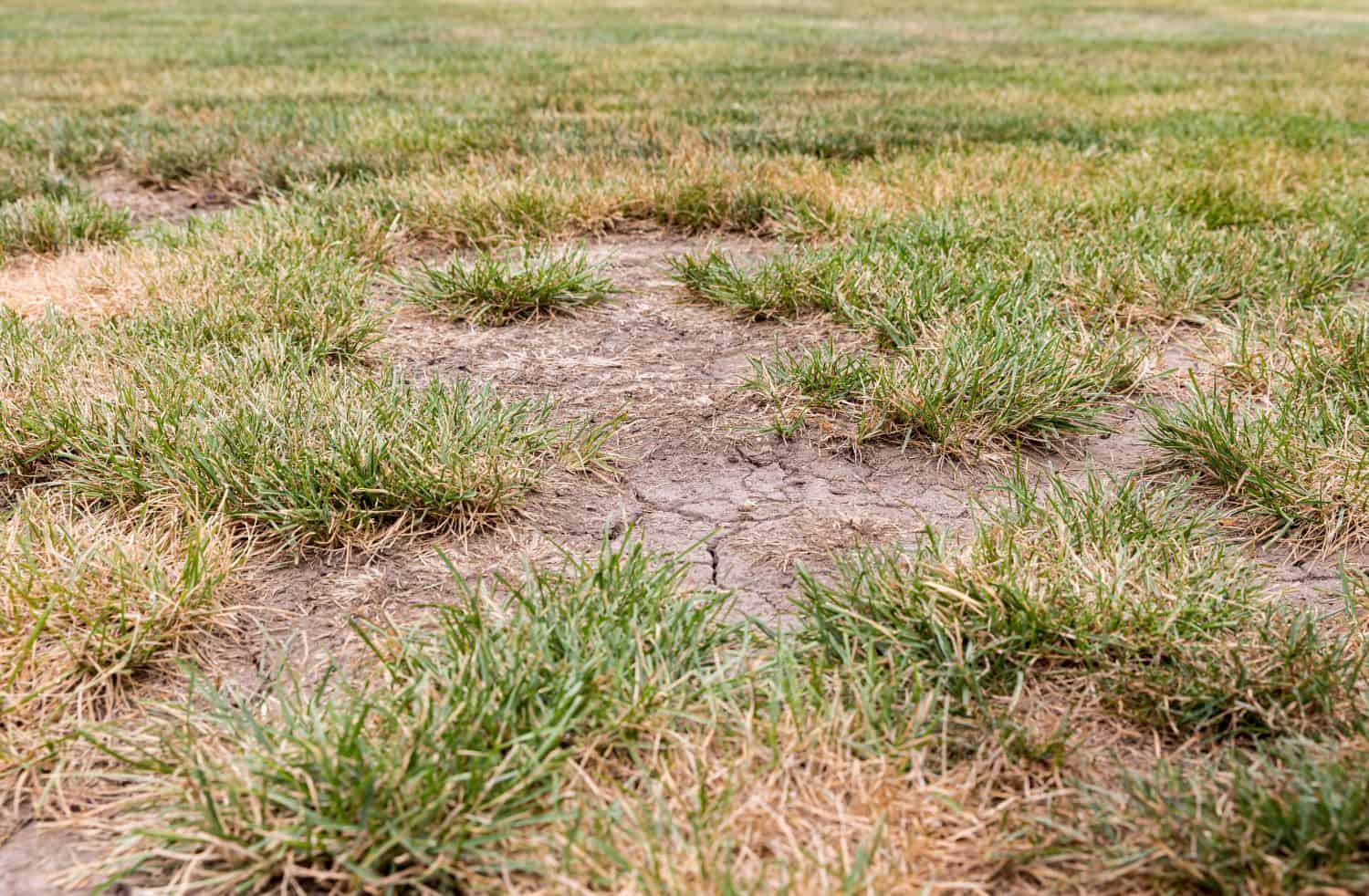
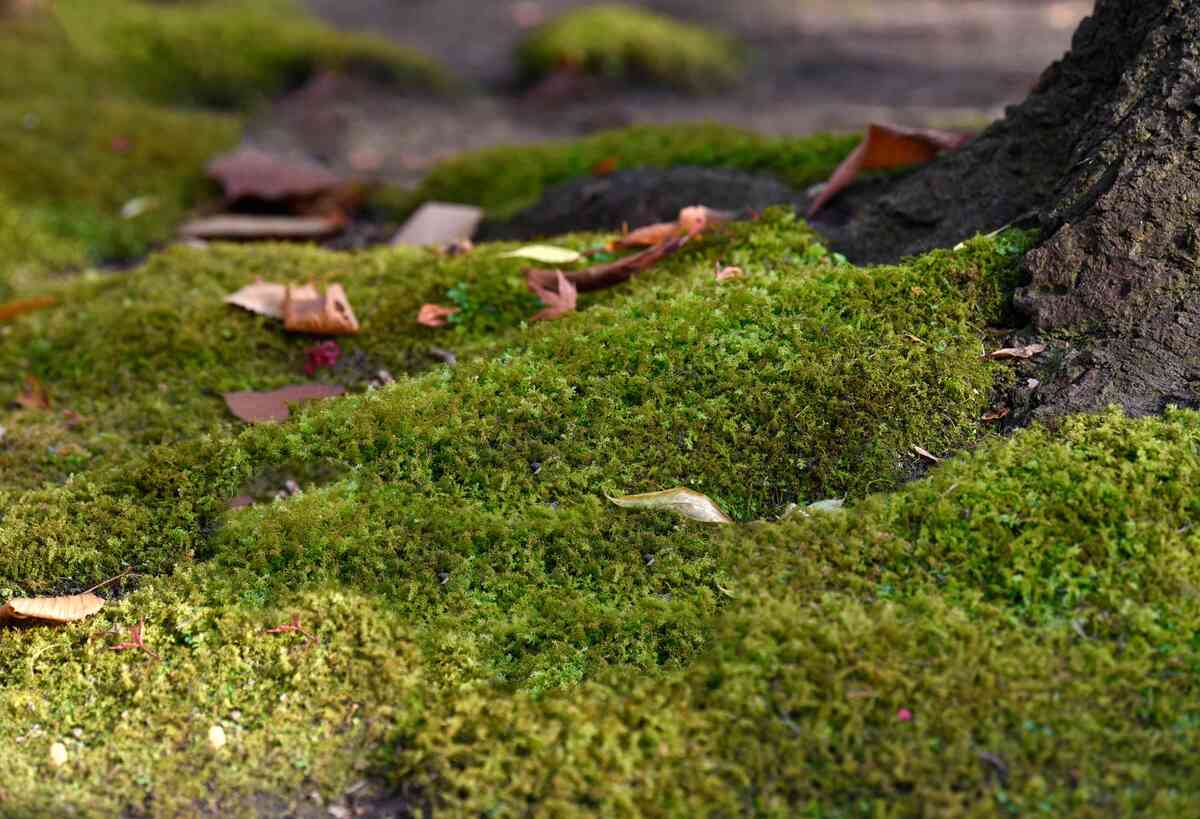

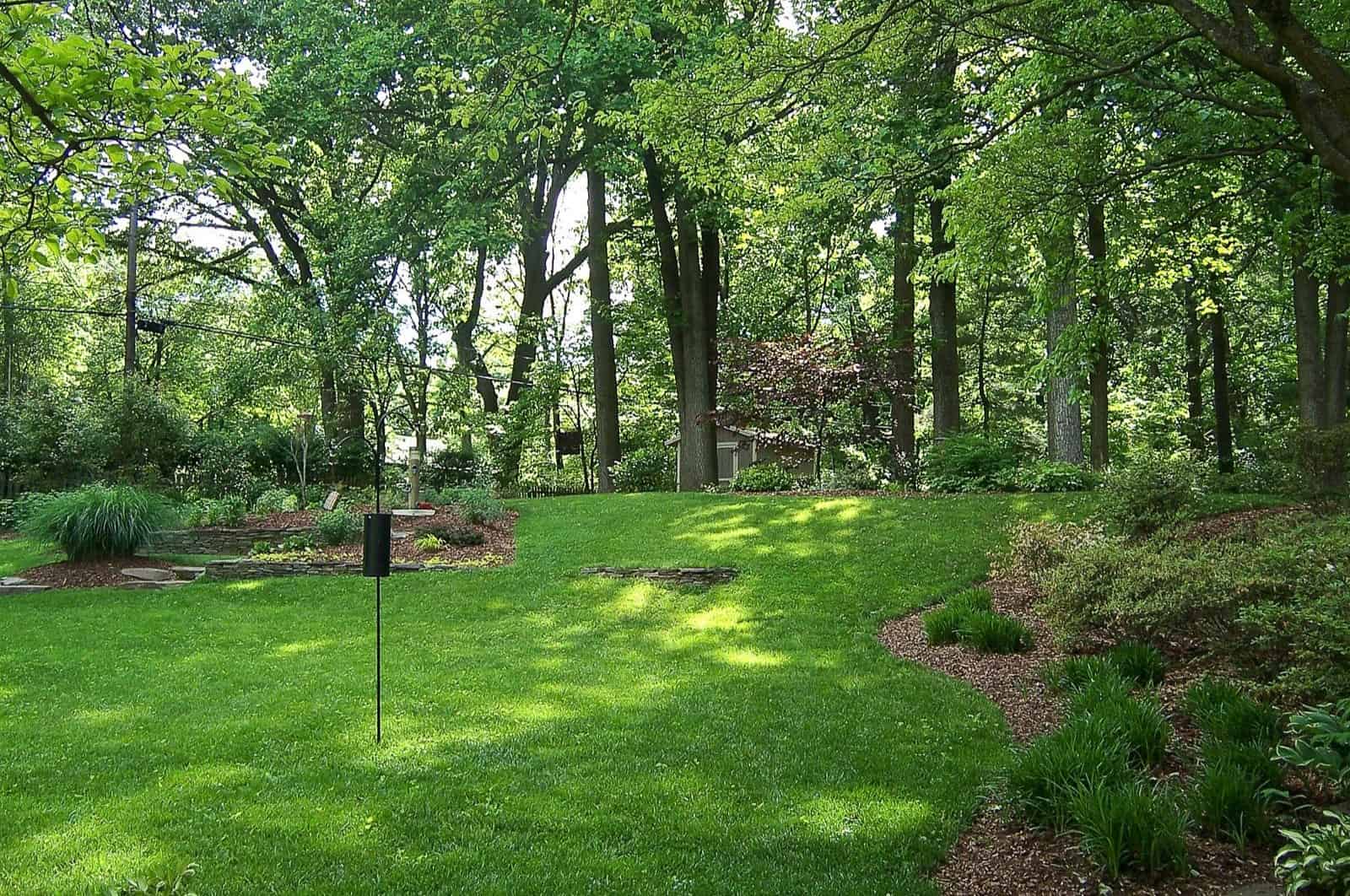


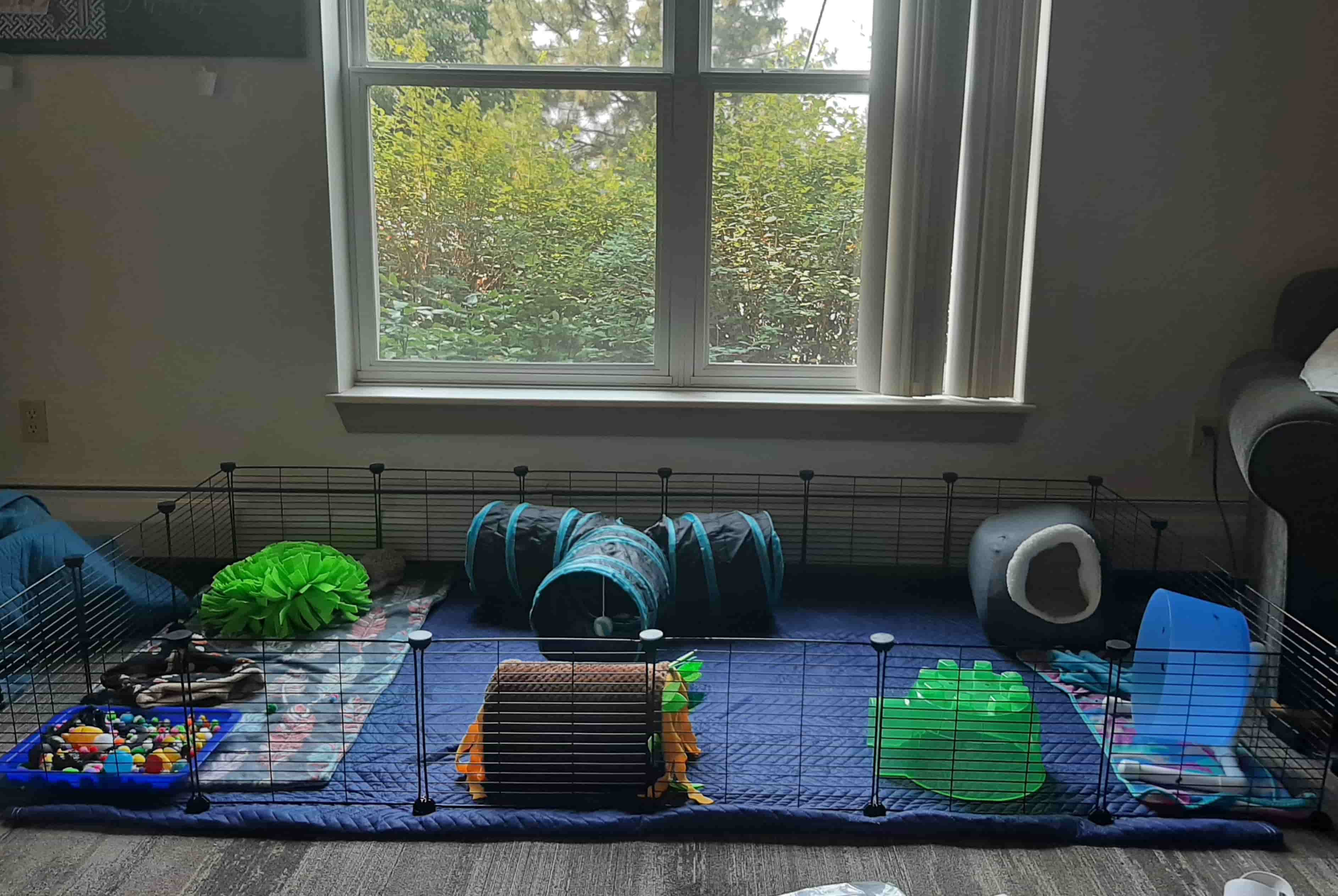

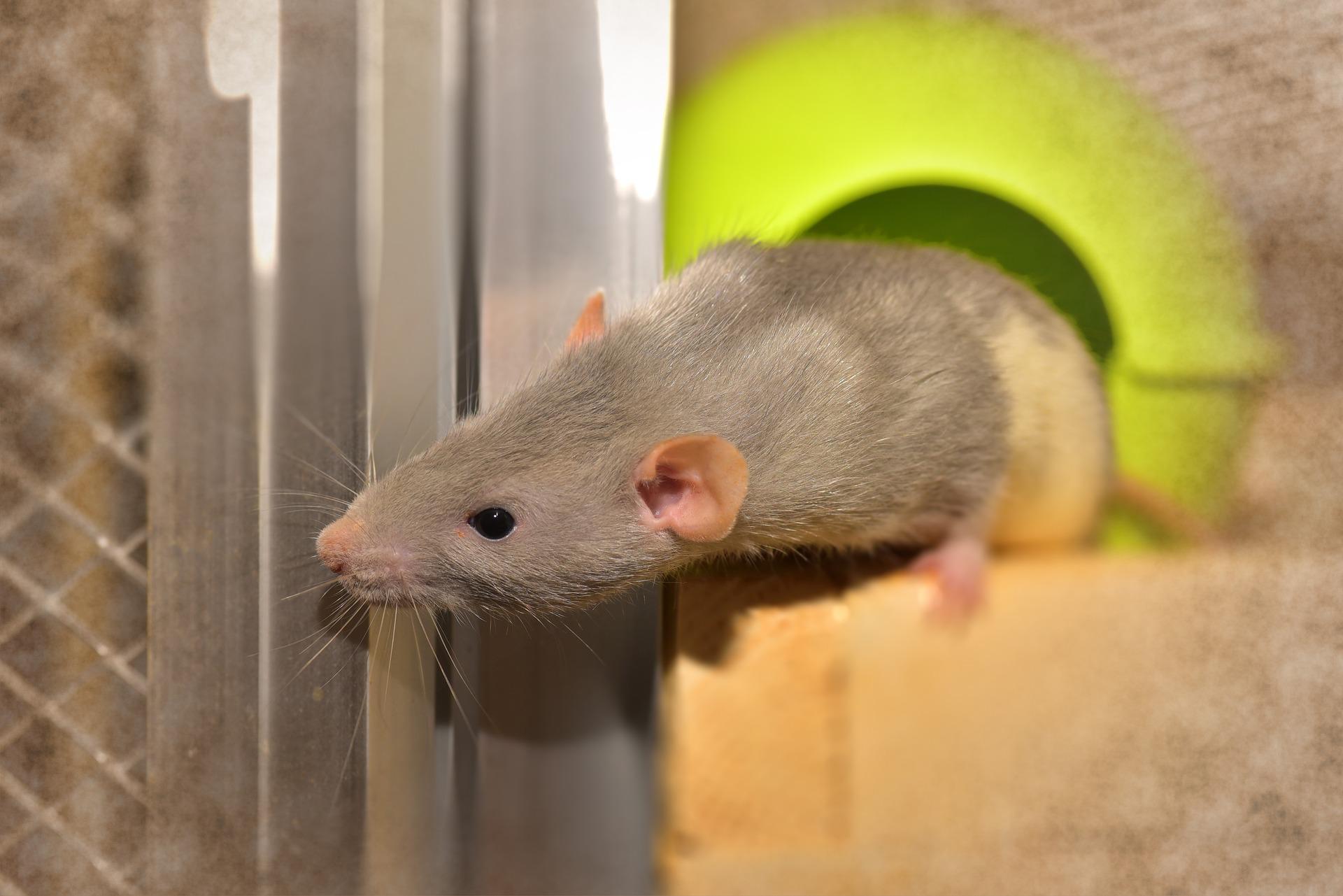
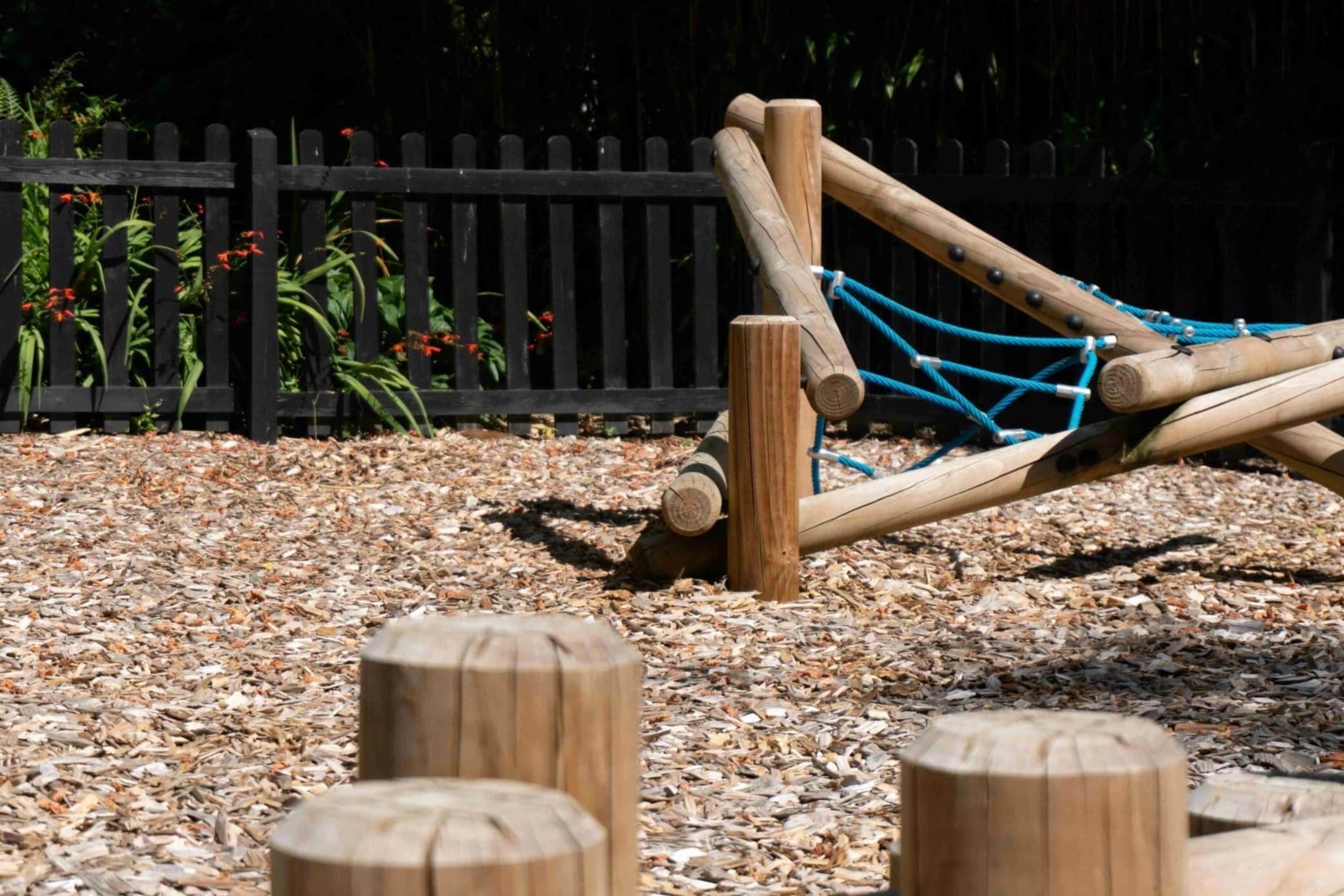
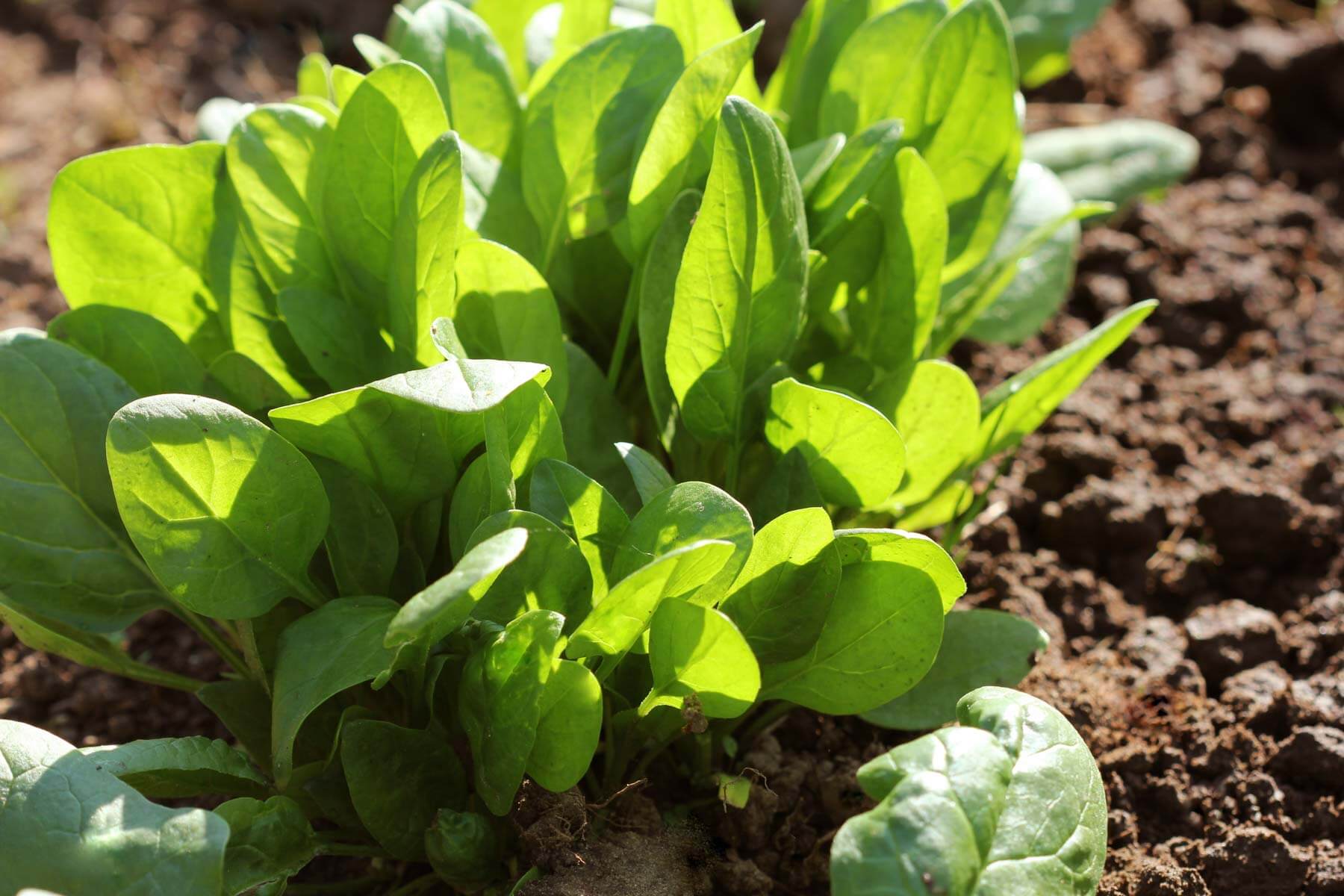

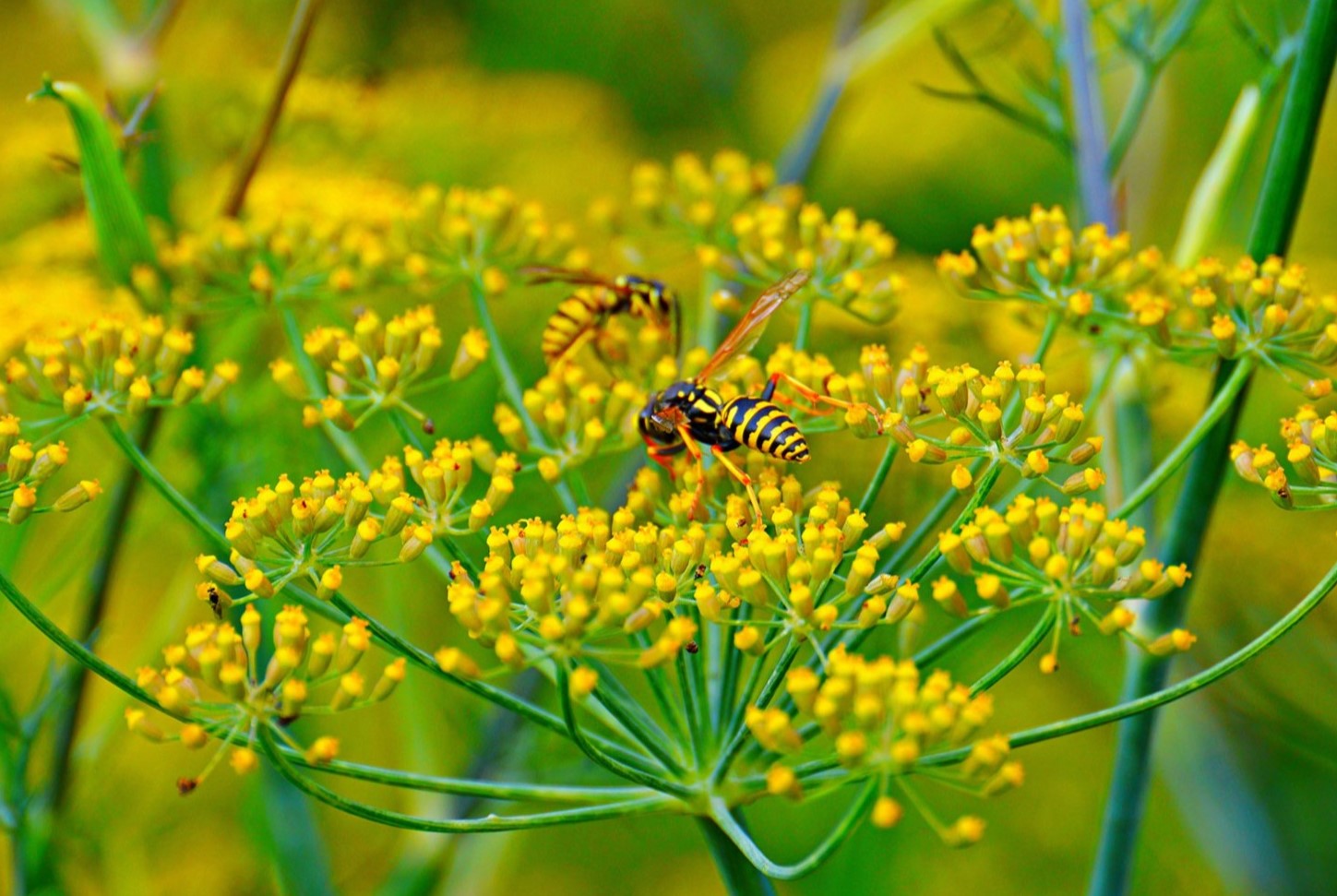


0 thoughts on “How To Plant Grass Seed In Patchy Areas”